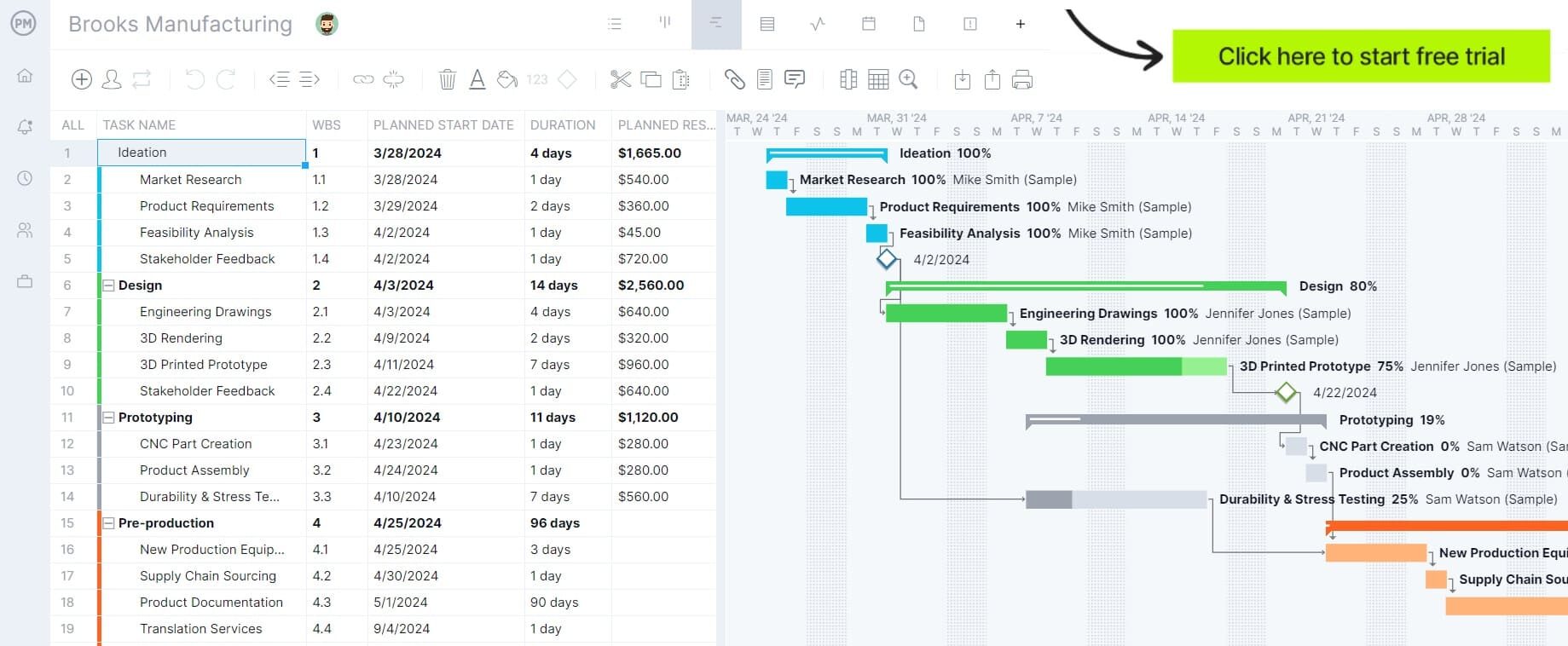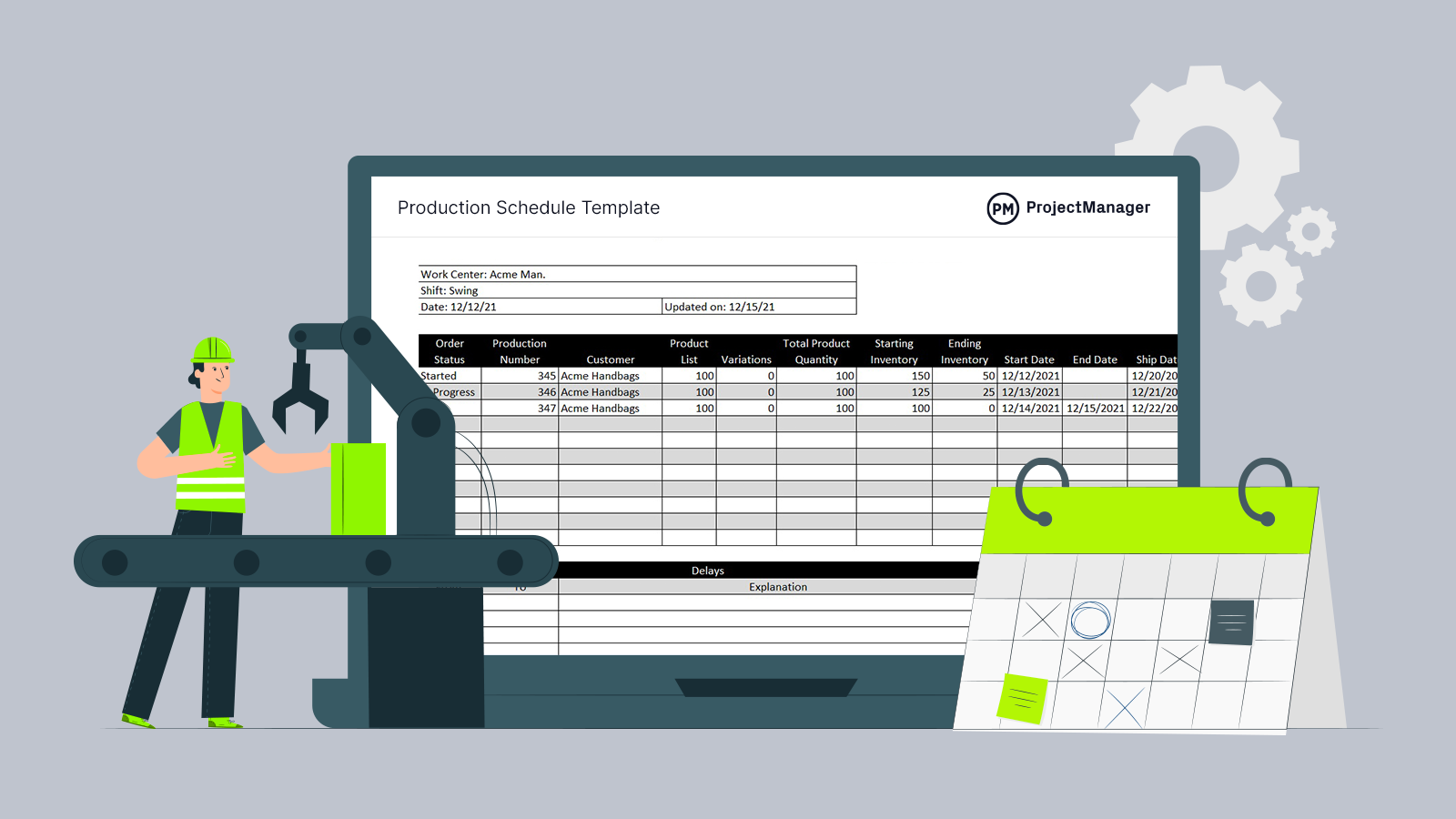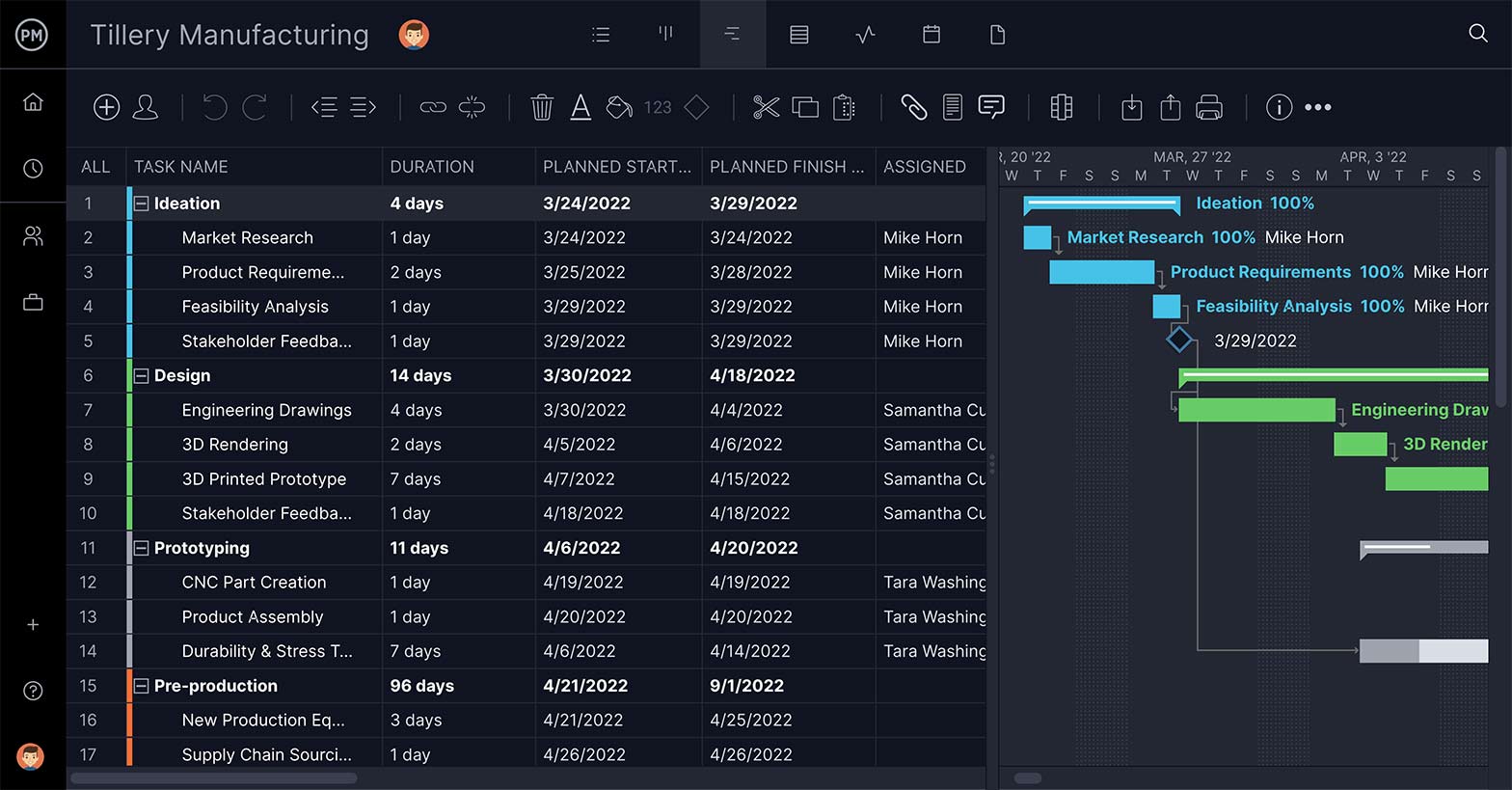People have been manufacturing goods for a very long time. From working with hands to using machinery, the advances in manufacturing aren’t isolated to tools but also methods. There is process manufacturing, which mixes ingredients, and the other major method is called discrete manufacturing.
What is discrete manufacturing and how does it differ from process and other manufacturing methods? We’ll get to that, plus identify the key elements of discrete manufacturing and further illustrate the technique with examples in the various industries that use this type of manufacturing method.
What Is Discrete Manufacturing?
Discrete manufacturing is the production of a specific type of item, such as automobiles, furniture, etc. The process creates products that are easy to identify as opposed to process manufacturing where the products are undifferentiated, such as natural gas, salt, etc. But we’ll get more into that later.
When producing with discrete manufacturing, it’s common to use individual or separate unit production that’s made in low volume but high complexity. Unit production can also be of high volume but low complexity. The former requires a flexible manufacturing system that maintains quality and speed to market while cutting costs. The latter requires inventory control, lead times and reducing the material costs and waste.
Discrete manufacturing isn’t typically continuous. Each process can be started or stopped and run at different production rates. The finished product can be made from one or many inputs. For example, the manufacturing of a mobile phone is made up of many inputs, while creating a structure in steel needs only one input, steel.
Creating or assembling distinct products needs to be organized and planned, which is facilitated by the use of project management software. ProjectManager is award-winning project management software that has Gantt charts that allow production managers to track their work as it moves through the manufacturing process. Our customizable Gantt chart allows you to make detailed production schedules and detailed construction plans to ensure each component or product moves through the process in the right order. Then, visually track production progress to spot potential delays and keep production on track. Get started with ProjectManager today for free.

Key Elements of Discrete Manufacturing
Discrete manufacturing is all about taking raw materials and making them into finished goods. This process differs from one industry to another, but most will share in the following key elements.
Supply Chain
Because discrete manufacturing involves the outsourcing of parts and components, the supply chain is a critical part of its manufacturing process. The better you manage your supply chain, the greater the efficiency of your operations. That requires monitoring for inconsistencies in production, product, resources, etc., which can impact the company’s profitability. Therefore, supply chain management is critical to successful discrete manufacturing.
Bill of Materials
A bill of materials lists constituent components, such as parts and assemblies, and as such is a very important document for discrete manufacturing as it provides instructions to assemble the pieces into the finished product. Managing this process is also important as each component part or sub-assembly can be revised and improved, which will impact the direction of the bill of materials.
Production Routing
The routing of an order, from being placed to finalized, begins in discrete manufacturing when an item is created in a customer’s shop order or replenished in inventory. But first, this is detailed in the bill of materials. The production routing lists the operations that must be performed at a specific time, the piece of equipment or work center used to perform the specific task, and any scrap material produced during the operation and outside processing, if required.
Assembly Line
The assembly line in discrete manufacturing operations takes the parts or assemblies on one end and delivers finished products at the other end. Discrete manufacturing is the assembling and production across several workstations located on an assembly line, also called a production line, which produces distinct components, parts, materials or subassemblies that are put together at the end of the production cycle into finished products.
Quality Control
Quality control covers a lot of ground in discrete manufacturing. As noted above, production can produce scrap or waste that needs to be removed when products are inspected. On top of that operational issue, there are often customer, industry and regulatory requirements that must be complied with. Quality compliance requires manufacturers to document processes, equipment and have contingency plans in place to quickly rectify any issues that arise.

Get your free
Production Schedule Template
Use this free Production Schedule Template for Excel to manage your projects better.
Examples of Discrete Manufacturing Industries
Discrete manufacturing is a popular method of production and can be found across industries. To understand the wide range of work that’s done in this type of manufacturing, it’s helpful to get some examples of discrete manufacturing in the various industries that use it. Here are just a few examples.
Automotive
One of the best examples of discrete manufacturing is in the automotive industry. Cars and trucks are made up of separate components that are produced in factories across the globe. Those parts are then shipped to the auto manufacturer and assembled in the production line, resulting in the vehicle.
Electronics
Another good example of discrete manufacturing is in the electronics industry. Similar to automotive, electronics are made of many different components that are produced all over the world and then shipped to, say, a mobile phone factory, where they’re assembled into the final product.
Aerospace
Again, aerospace is another industry that uses discrete manufacturing. As with automobiles or electronics, any manufacturing of a flying machine is a complex assembly of many components. These components are manufactured and delivered from various locations to a factory that will assemble them into an airplane.
Free Production Schedule Template
Discrete manufacturing is about producing specific items efficiently, so it pairs well with having a strong production schedule. Download this free production schedule template for Excel to track inventory, production dates, orders and more.

Benefits of Discrete Manufacturing
Now that we understand what discrete manufacturing is, its key elements and the industries that use it, what are its advantages? There are many, one of which is that it’ll strengthen a manufacturer’s relationship with their suppliers. Having the raw materials or components you need when you need them is critical to running production on schedule and delivering to your customers on time. Therefore, good supplier relationships are key to managing your supply chain.
Discrete manufacturing focuses on monitoring the production process to capture any issues or detect bottlenecks that can be quickly resolved to maintain production. This, in turn, leads to greater productivity.
Having good relationships with suppliers and monitoring production to stay on schedule are benefits in and of themselves. A byproduct of these things is that manufacturers have an increase in customer satisfaction. This impacts a company’s profitability and provides greater brand awareness to expand that customer base.
Of course, discrete manufacturing is a complicated process, requiring the management of many different pieces and the flexibility to make production changes when needed. This is a capital-intensive process upfront, but when running smoothly, provides great benefits for the manufacturer.
Discrete Manufacturing vs. Process Manufacturing
Process manufacturing is another method of production. Unlike discrete manufacturing which assembles pieces that make finished products by mixing raw materials and ingredients in a formula or recipe. Discrete manufacturing uses parts and components where the assembly is often reversible and is directed by a bill of materials in a sequential or parallel assembly process, process manufacturing uses variable ingredients by volume, is done in batches or quantities of product, the assembly process is irreversible and is based on recipes or formulas that require mixing, blending, combining and so forth.
Discrete Manufacturing vs. Repetitive Manufacturing
Repetitive manufacturing is an ongoing production process that involves making the same product for an extended period. Discrete manufacturing isn’t as different from repetitive manufacturing as it is from process manufacturing. In a sense, discrete manufacturing is like a flexible version of repetitive manufacturing. Repetitive manufacturing is best for producing a set range of products that are similar in design, discrete manufacturing requires frequent changeovers and a more diverse range of production configurations.
How ProjectManager Helps With Discrete Manufacturing
Discrete manufacturing benefits from the organizational features of project management software. ProjectManager is award-winning project management software that has production planning and management features that’ll help guide the assembly of components into a finished product. With features that allow for the managing of resources and costs while monitoring the process in real time to help managers make more informed decisions, our software is a great tool for discrete manufacturing or any type of manufacturing.
Plan and Manage Production on Robust Gantt Charts
Use our Gantt chart product view to plan the flow of operations. Organize tasks and link all four types of task dependencies to avoid costly production delays. If there are changes to the schedule, it’s easy to drag and drop deadlines to new dates and all impacted tasks update instantly. Manage resources and costs to plan for the best use of available resources to meet production orders. Once you have your plan, set a baseline to capture your planned effort and compare it to your actual effort to help you stay on track.

Monitor Assembly Line With Real-Time Dashboards
Being able to track key performance indicators (KPIs) is crucial to staying on your production schedule. When a baseline is set in the Gantt chart, you can now toggle over to the dashboard and track KPIs such as time, workload, costs and much more. All of this data is displayed in easy-to-read graphs and charts. The dashboard gives manufacturers a high-level view of the assembly line in discrete manufacturing to see how production is going in real time. Unlike lightweight tools, our dashboard doesn’t require time-consuming configuration. It’s ready when you are.

When you need more data than the dashboard provides, use our reporting features. You can get status and portfolio reports, reports on timesheets, variance and more. All the reports can be filtered to show only the information you want to see. They can also be easily shared to keep your stakeholders informed. Our software has other features, such as automated workflow, task approvals and more to ensure that your manufacturing process is under your control.
ProjectManager is online project management software that allows teams to share files, comment at the task level and more. Connect your office crew with the people on the assembly line, regardless of where or when they’re working, to foster greater collaboration. Join teams at Avis, Nestle and Siemens who are using our software to deliver successful projects. Get started with ProjectManager today for free.


